
 |
ROLEXROLEXROLEXROLEXROLEXROLEX
 ROLEXROLEXROLEXROLEXROLEXROLEX
ROLEXROLEXROLEXROLEXROLEXROLEX
|
|
#1 |
|
"TRF" Member
Join Date: Nov 2021
Location: Italy
Posts: 70
|
Rolex ref. 3525, Prisoner of War - History of this Watch
Good evening, first of all I wanted to thank Stefano Mazzariol for his endless wisdom and knowledge (source: mazzariolstefanoblog).
World War II, German Prisoner of War Camps. During World War II, in German prisoner of war camps, all prisoners were rigorously stripped of any and all personal effects, including their watches, all in order to make the life of a prisoner of war even harsher and more uncomfortable. Hans Wildorf, at the time the owner and undisputed head of Rolex, was known for his philanthropic inclinations. It is worth noting that upon his death in the early 1960s, all of the profits of the Maison, which were already considerable at the time, were to be donated to charitable purposes by his precise testamentary disposition. Driven by such a rare spirit of human solidarity, upon learning of the wretched condition of prisoners of war, he decided to send, through the International Red Cross, on loan to British officers who formally requested it, a steel chronograph with ref. 3525 with a black dial and gold graphics, which has gone down in history with the name POW, Prison Of War. Courtesy J. Dowling (TZ). 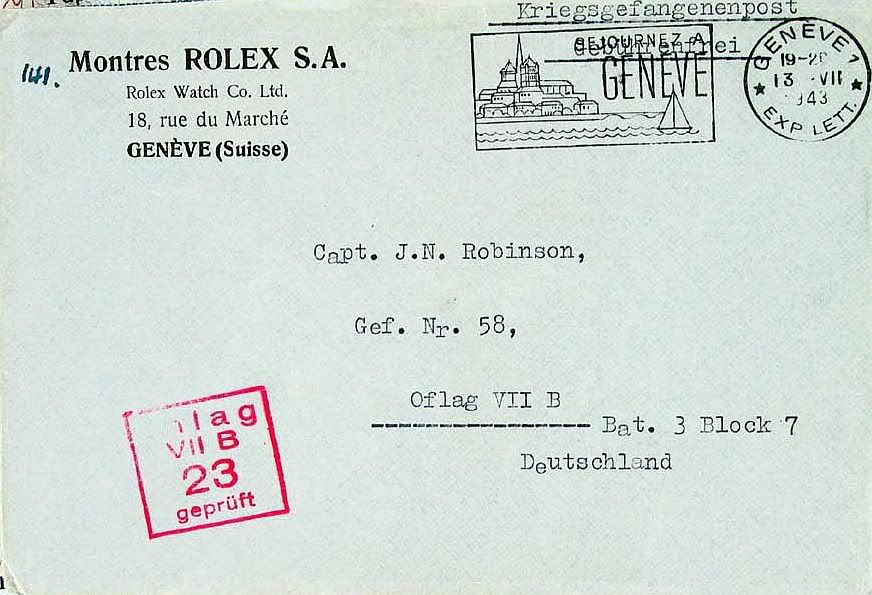 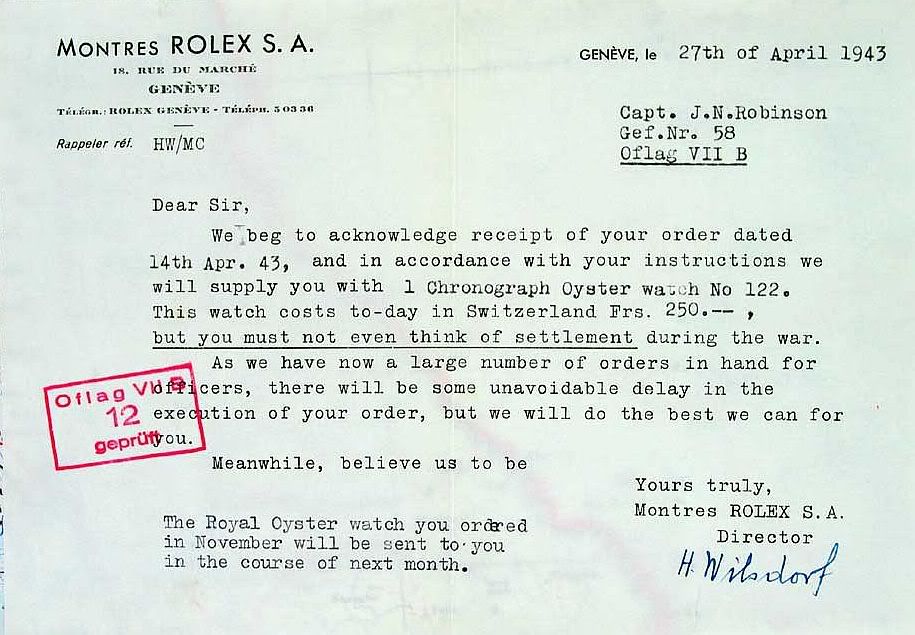 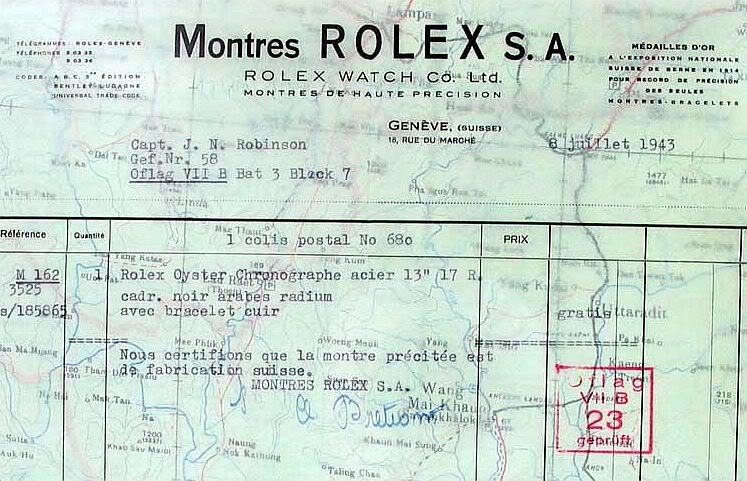 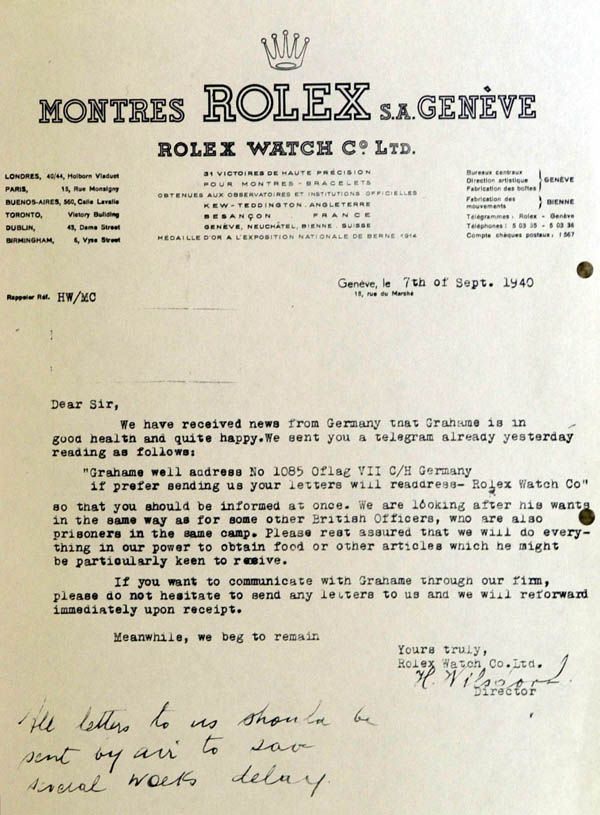 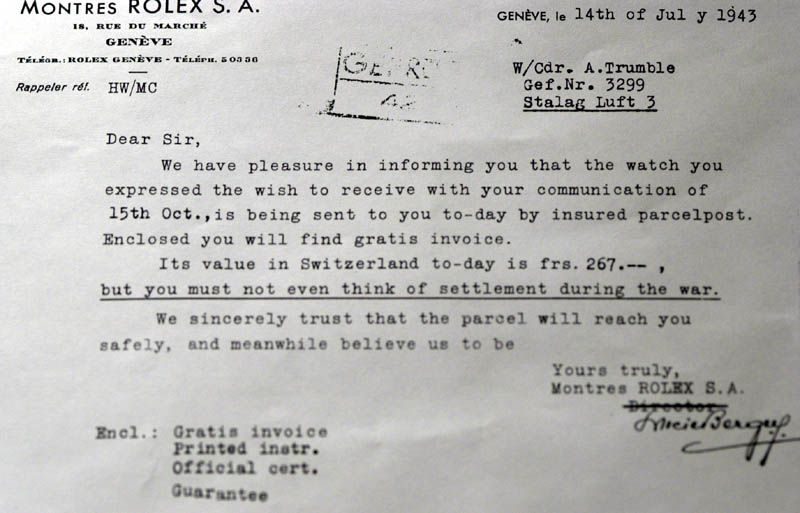
|
|
|

|
|
|
#2 |
|
"TRF" Member
Join Date: Nov 2021
Location: Italy
Posts: 70
|
Once the imprisonment was over, if the officer in question had survived and returned home, he could, at his free and unconditional choice, pay a previously agreed minimum price for the watch or, alternatively, return it to Rolex without any further obligation.
Courtesy J. Dowling (TZ) 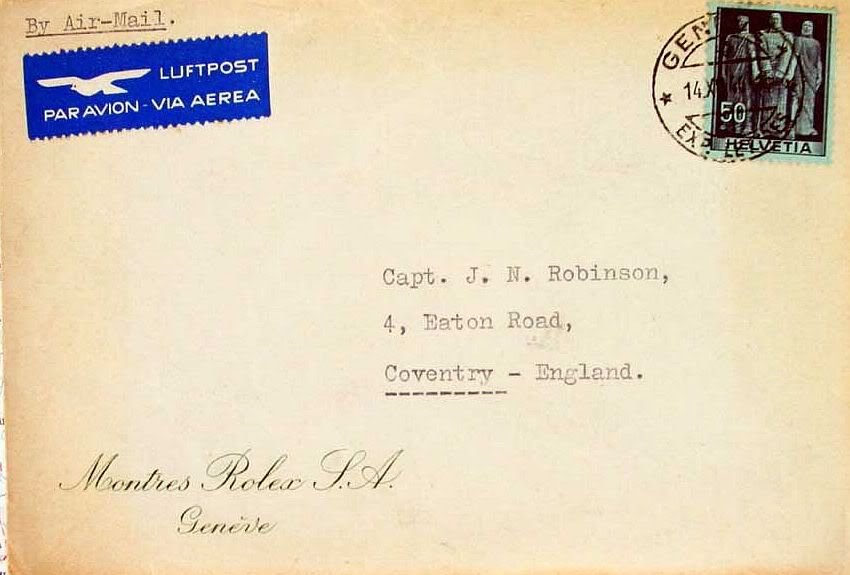 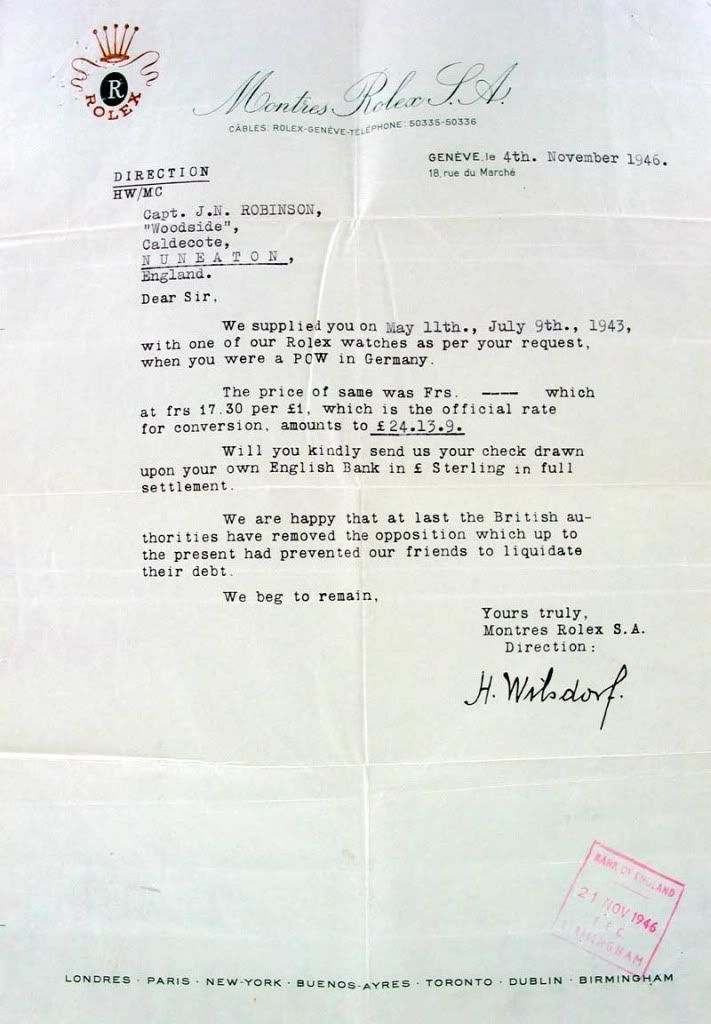  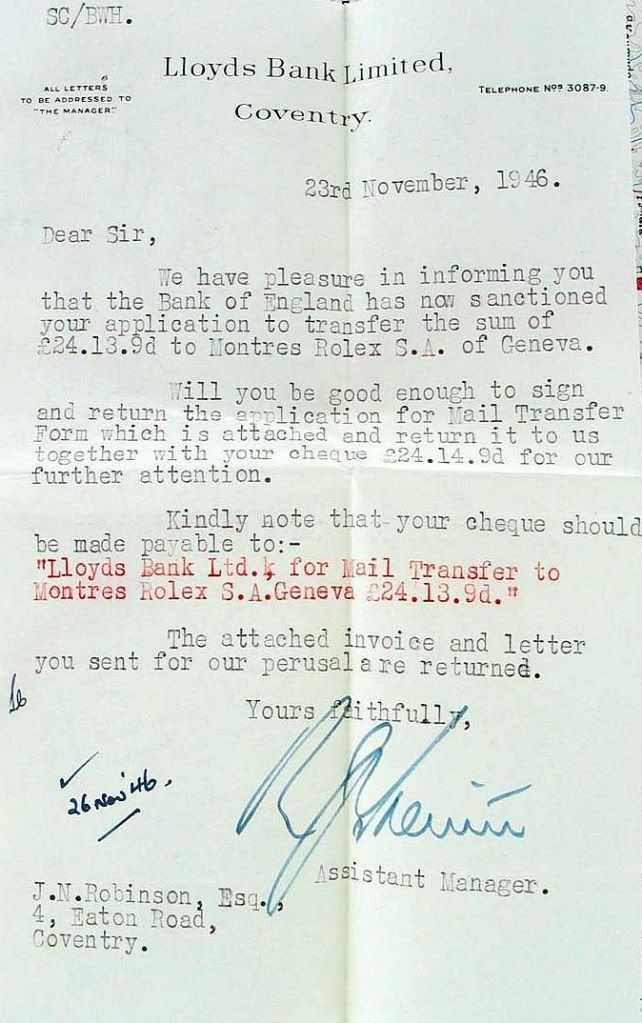 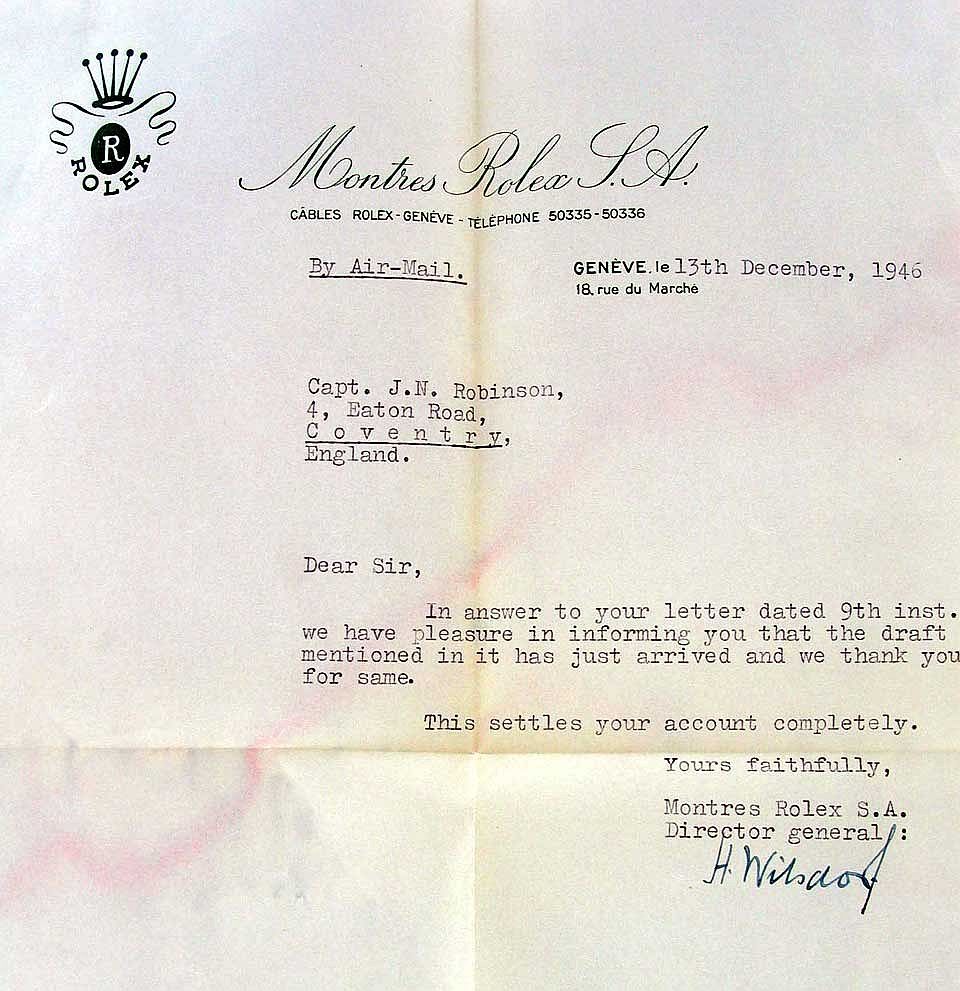
|
|
|

|
|
|
#3 |
|
"TRF" Member
Join Date: Nov 2021
Location: Italy
Posts: 70
|
From what has just been outlined, two important reflections emerge: as previously observed, the profound spirit of solidarity that motivated the choices of H. Wildorf, and the decision to grant this privilege only to British officers and not to those of other allied nations, even though they were in the same condition of captivity. This was due to the deep sense of gratitude that Wildorf always held towards Great Britain, which, at the time of his early steps in the watchmaking world, was the first nation to decree his success with Rolex, thanks also to its highly advanced and liberal laws regarding trade.
This allowed his brilliant personality to realize his dreams, enabling his genius to unleash all its potential. It is worth noting that the first Rolex headquarters was actually established and legally founded in England, not in Switzerland, which had long been and still is the homeland of global watchmaking. Mention of this watch can also be found in the book "The Great Escape" by Paul Brickhill, which also inspired the eponymous film "The Great Escape" starring Steve McQueen, Donald Pleasence, Richard Attenborough, James Coburn, James Garner, and Charles Bronson. Year: 1963. The Rolex Chronograph 3525 assigned was made of steel, generally supplied with a leather strap with a diameter of approximately 35mm, monobloc case, screw-down case back and crown, produced between 1940 and 1943, in a limited number of specimens (seemingly less than two hundred pieces). 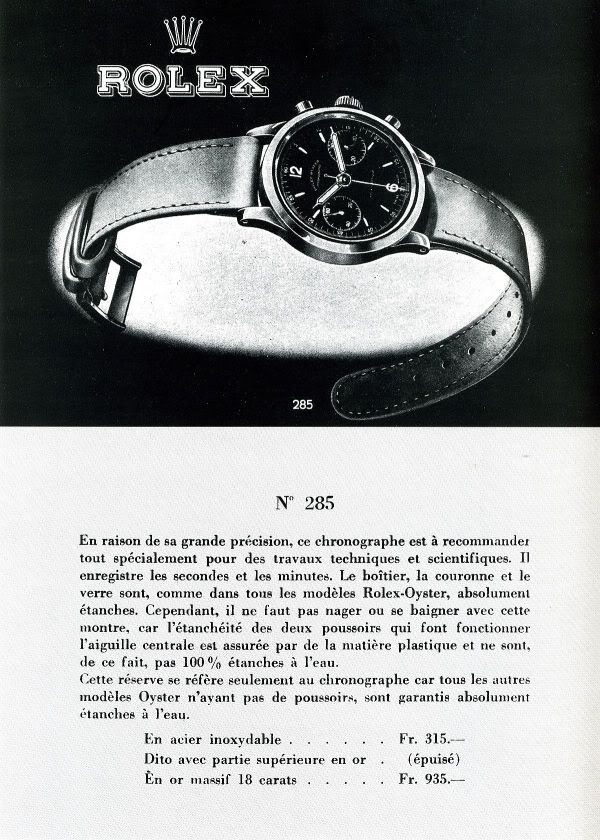  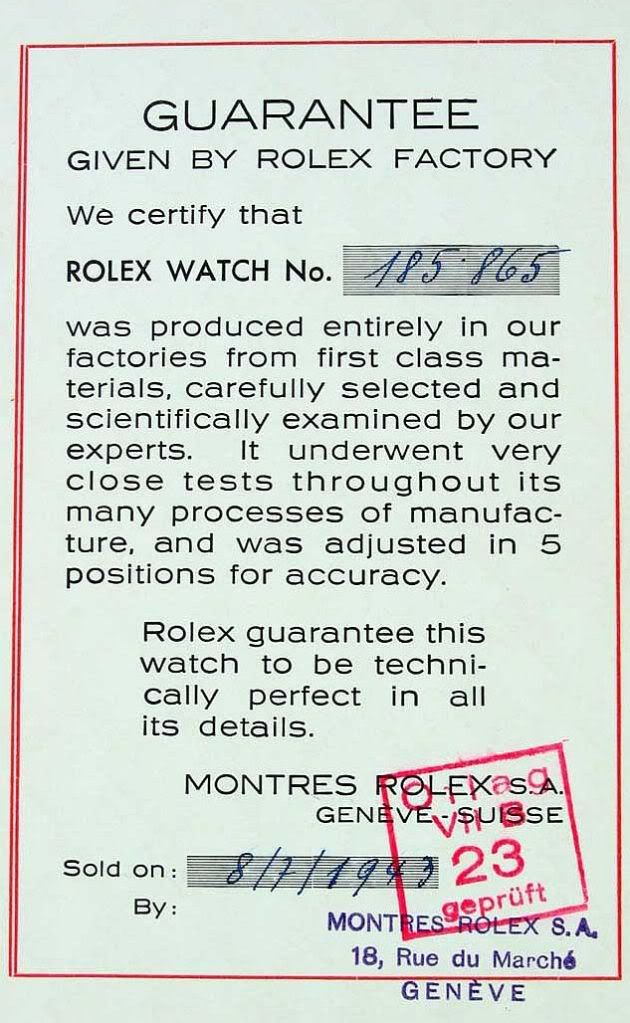 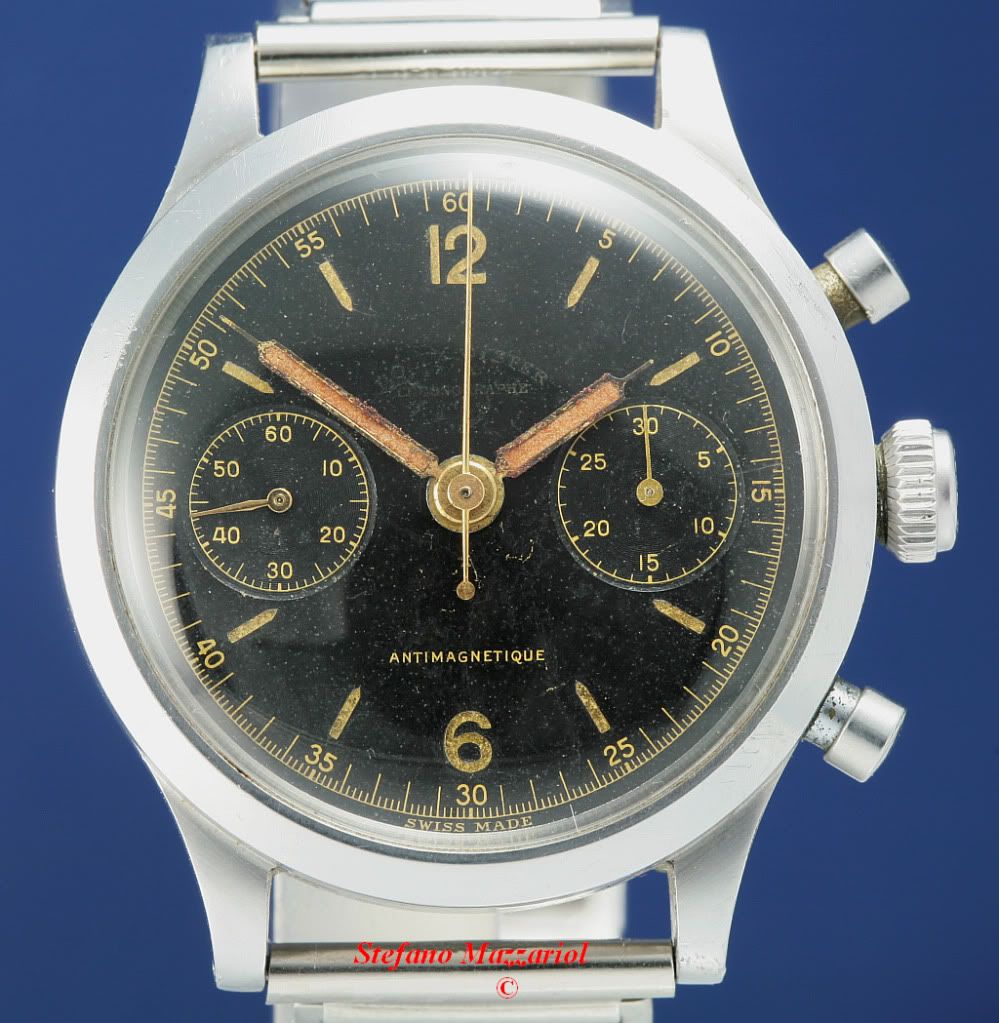 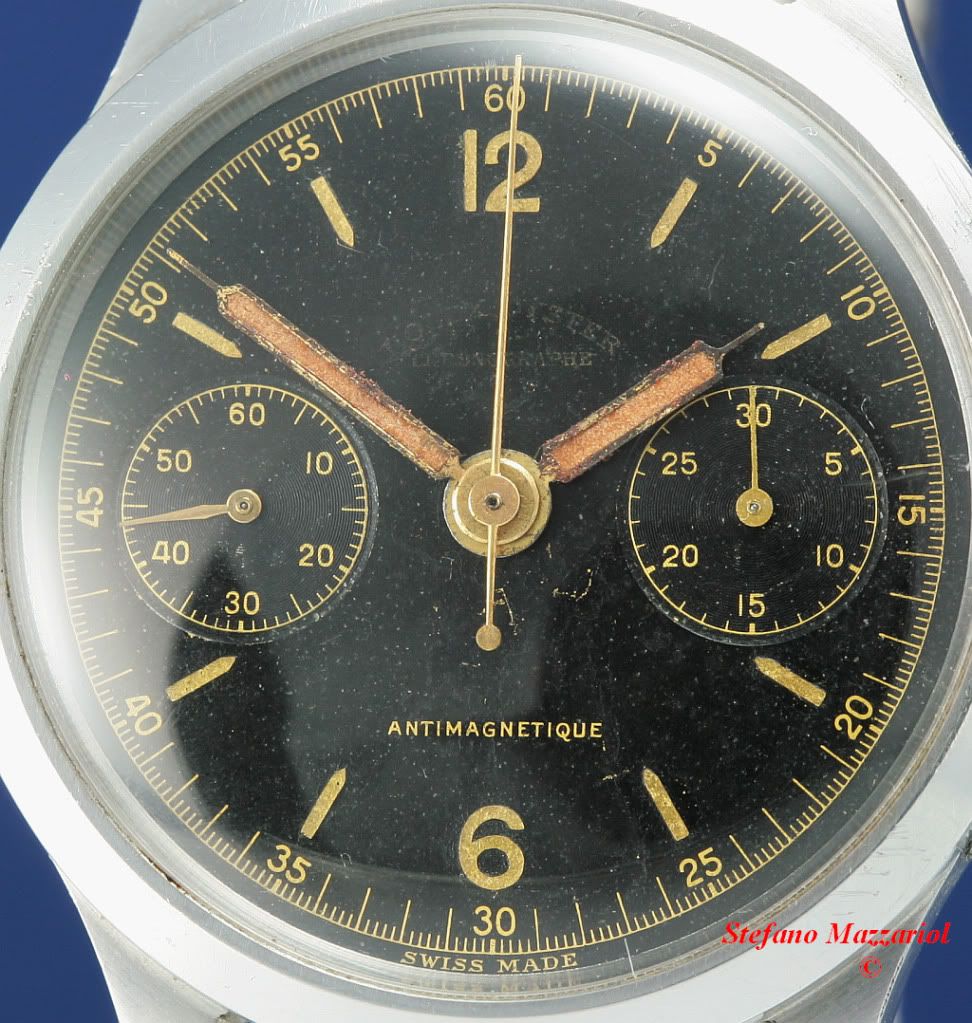 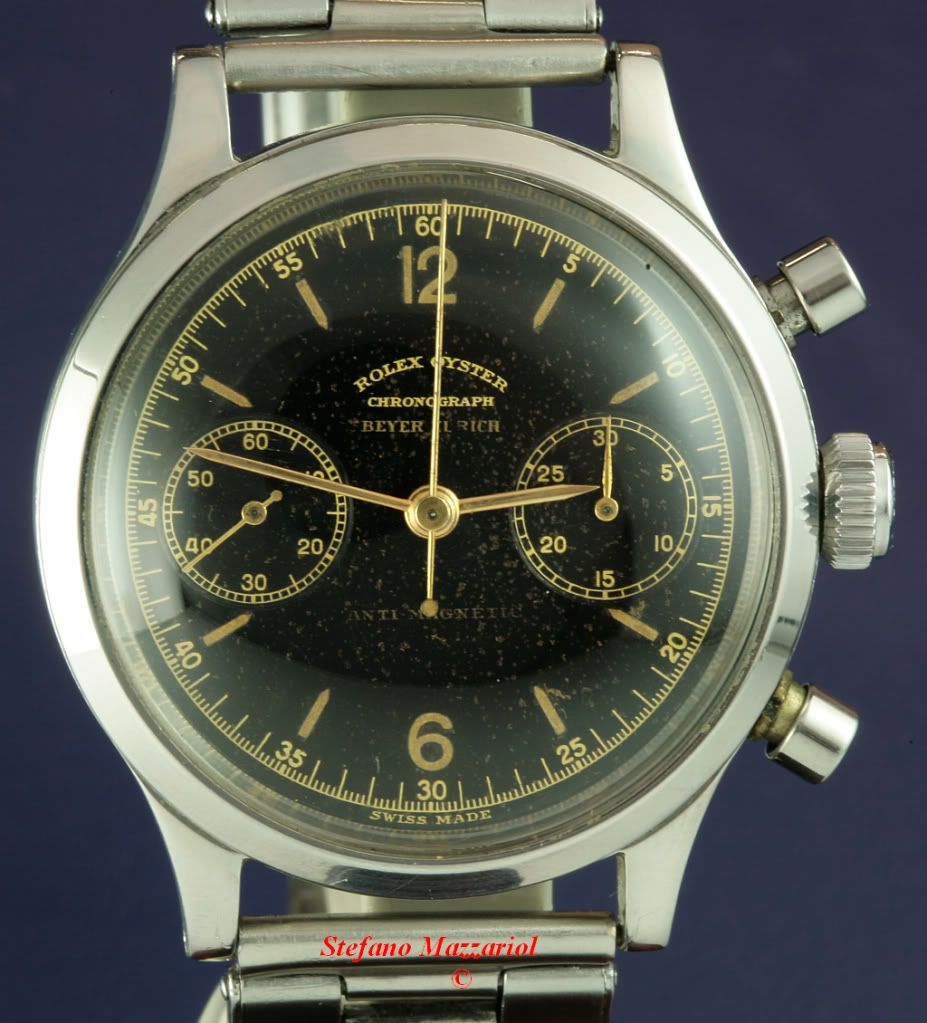 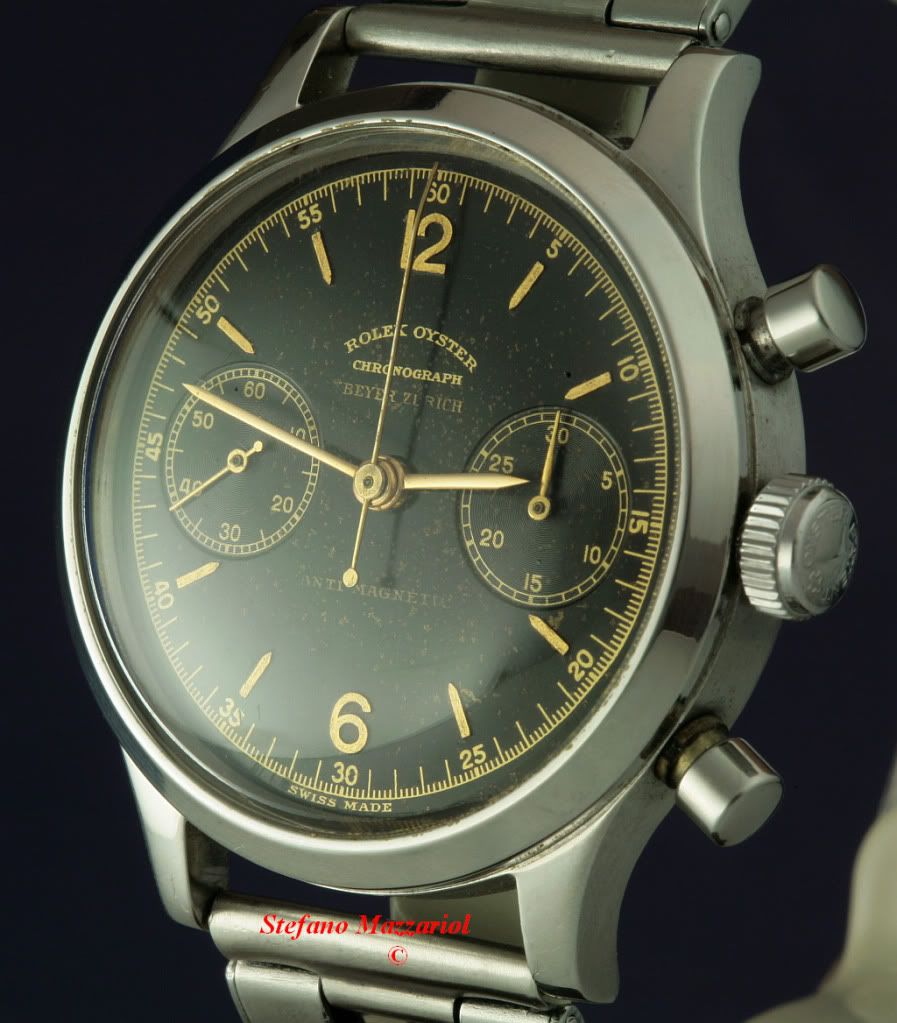  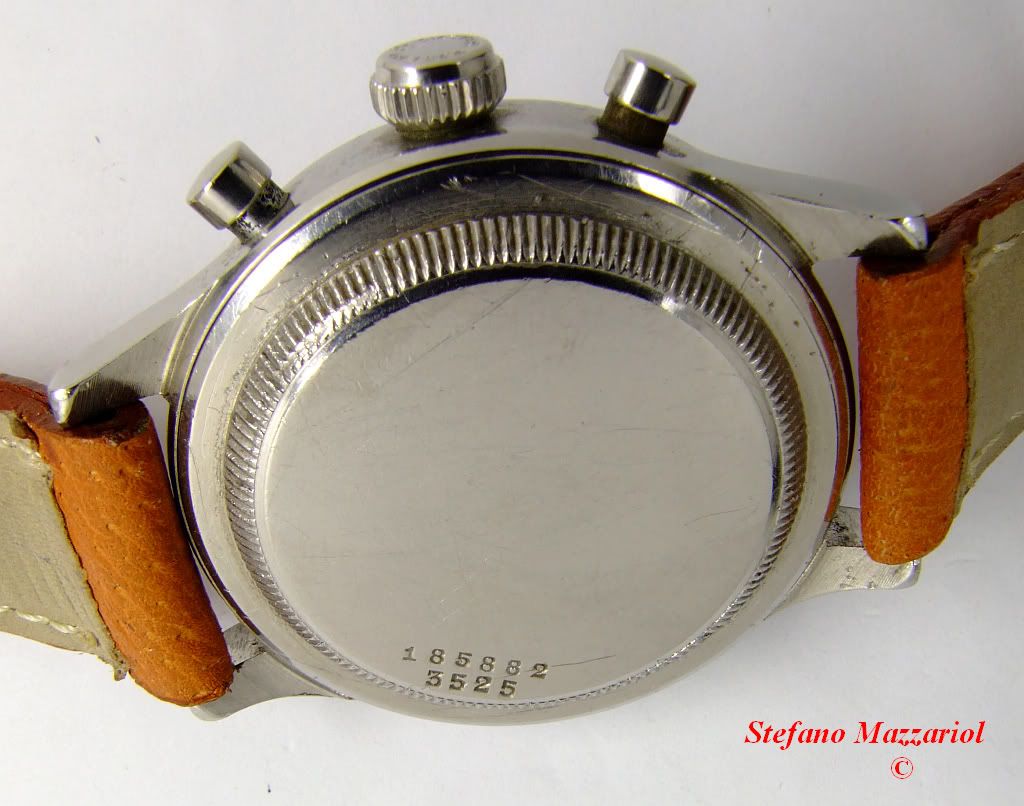
|
|
|

|
|
|
#4 |
|
"TRF" Member
Join Date: Nov 2021
Location: Italy
Posts: 70
|
The movement was a Valjoux 13, modified by Rolex, manual winding with a screw-down remontoir bearing the inscription "Rolex patent", pump pushers for the chronograph function, two sub-dials, one for continuous seconds and one for the chronograph minutes. The POW had a black "gilt" dial with gold inscriptions, with "ROLEX OYSTER" written in circular fashion at 12 o'clock and "CRONOGRAPH" written linearly. At 6 o'clock, the inscription "ANTIMAGNETIC" was present. The hands were called Lapis, with or without phosphorescence.
A final observation on the gilt inscriptions: these, most likely due to photochromic reactions conflicting with the black color of the dial, tended to fade, becoming almost illegible. I was able to verify this in the specimens (three in total) that I had the fortune and privilege to handle and analyze. POW, Prisoner of War, is a piece of history encapsulated in a watch. |
|
|

|
 |
| Currently Active Users Viewing This Thread: 1 (0 members and 1 guests) | |
|
|
*Banners
Of The Month*
This space is provided to horological resources.